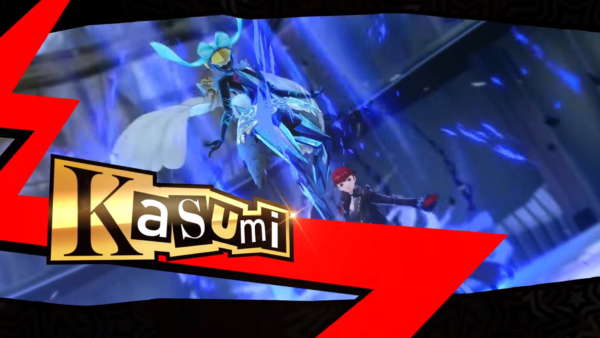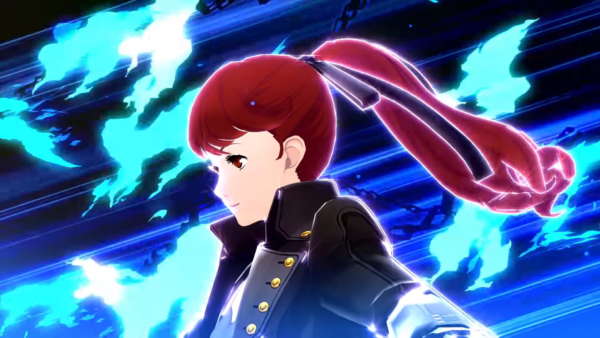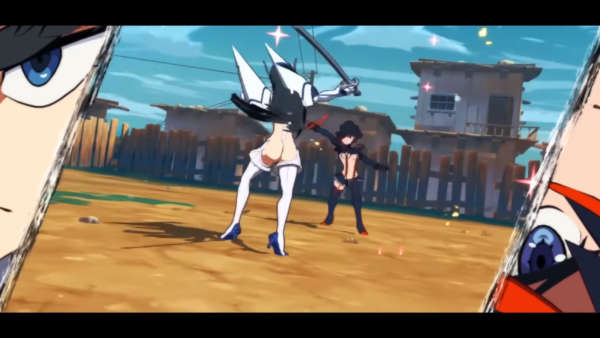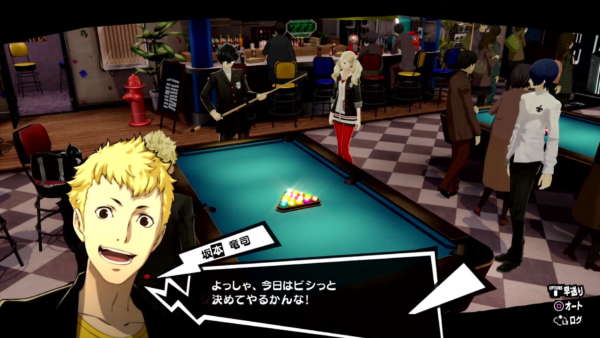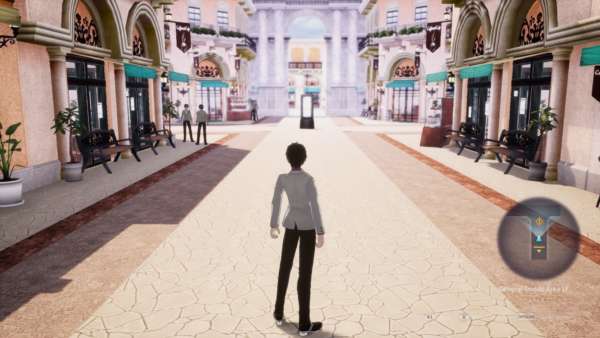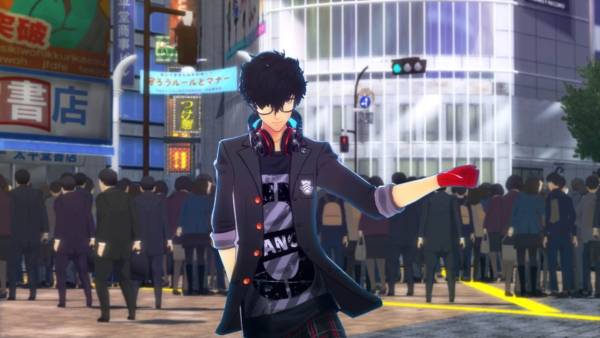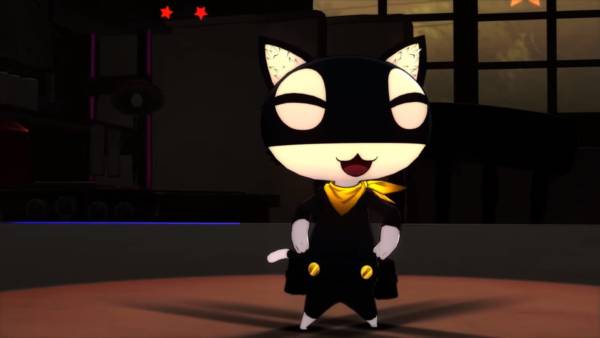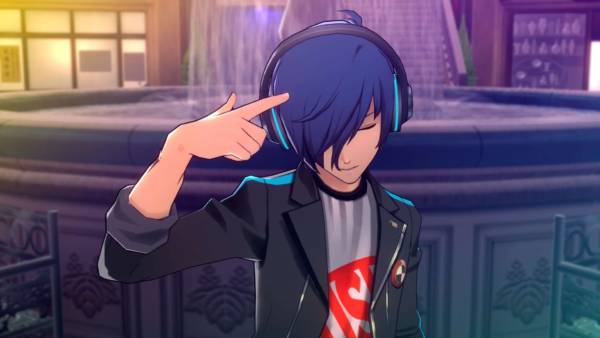Up until the release of Persona 4, it is likely that many gamers would not have heard of the Shin Megami Tensei series. However, with easily accessible gameplay, numerous spin off titles and two anime adaptions to boot, the franchise has now been firmly placed on the map. In what is a stroke of marketing genius, ATLUS have released the third entry to the Persona 4 legacy, which is a story focused fighting game just like Persona 4 Arena.
Less than twenty four hours after the events of Persona 4 Arena, the Midnight Channel comes back on the air, revealing a whole new tournament named the P1-Climax. If this weren’t distressing enough, Inaba is swamped by a thick red fog, and a twisted tower stretches over the halls of Yasogami High School. With the Shadow Operatives kidnapped by an unknown force, it is up to the Investigation Team, and several part-time members that fans will recognise from Persona 3, to jump back into the fray to solve the mystery once more.
You would be forgiven for thinking that Persona 4 Arena Ultimax is an expanded version of Persona 4 Arena, given the recent trend of releasing upgraded versions of fighting games. Thankfully this isn’t the case with Ultimax, as there is an all-new storyline, eight new playable fighters and additional modes that will have you battling to earn the platinum trophy. Some of the characters also have an alternate shadow version that can be selected, reflecting the darker sides of the cast that appeared before the majority of them gained their Persona. Three of these characters can only be selected if you pay an additional fee, which isn’t uncommon by any means, but feels slightly inappropriate given the fact that every other fighter is accessible from the start and that the data is already on the disc itself.
The story mode is greatly improved this time around, as it does not rely on playing as a single character to reach the end of each arc. Instead of a linear progression system, it is now possible to switch between different character’s perspectives, unlocking new branches for each of the main roster as you rise through the ranks. To make things slightly less complicated, you can choose to view the game from the viewpoint of the Persona 4 cast, or other groups of characters when you unlock the ability to do so. If you prefer the old method of going through the story, you will be pleased to know that the Arcade Mode uses a leaner version of the narrative in between the battles that take place. The only minor compliant is that the final battles are slightly underwhelming, but this is only due to the fact that the game is a beat-em-up, rather than a full blown role playing adventure like its older brother.
Outside of the narrative, Persona 4 Arena Ultimax has all of the modes from the original, such as the number crunching Score Attack and the criteria focused Challenge Mode. As well as this, there is an all new online lobby system to make the internet based brawls feel more like a community event, rather than just waiting for the connection to be made between the participant’s consoles. In a nod to the other games in the franchise, the sprites used to represent yourself in the virtual waiting rooms appear to have been borrowed from Persona Q, whilst adding the same costume changes that you can apply to yourself when you choose your character. This lobby is only available on the PlayStation 3 version, but online play is possible on Xbox 360 via a slightly different interface.
Inside the battle arena, the structure of the fights is very similar to the first game but with new abilities, and for the older characters, play style has been slightly altered based on the community feedback. Each character feels satisfyingly different to control, with Naoto’s speed being a vast contrast to Kanji’s slow but steady walk cycle. To compensate for players who may not be able to learn advanced combinations of buttons, pressing the Suplex Hold button for varying periods of time allows you to perform a range of advanced attacks. The shadow versions of the characters can use a powerful command known as Shadow Rampage, which allows them enhanced attack power, but almost nullifies their defense, so it is a gamble that only the most experienced players will be able to take advantage of. However, along with the S-Hold system, it offers multiple layers of accessibility, while at the same time retaining an even playing field.
Fans of the RPG style gameplay will be pleased to learn that a new mode named the Golden Arena has been included to satisfy their appetite. Although the battles work in the same way as the rest of the game, the character that you choose will gain experience points for every win that they achieve, and will gain new skills from defeating the area bosses or when they level up from gaining enough battle experience. These skills borrow their names from Persona 4, but they have differing effects that will hinder your opponent, or help you gain the upper hand. This kind of gameplay feels fresh, compared to the usual trend of fighting with the same amount of strength, agility and other traits with every battle you fight.
Overall, Persona 4 Arena Ultimax takes the foundations set in the predecessor, removes most of the rougher edges and adds a set of all new features that feel perfectly at home within ATLUS’s crossover universe. Apart from a few minor complaints, there are very few faults to the final chapter in the Persona 4 Arena franchise, so in the words of General Teddie himself, let’s bring on the ring!
